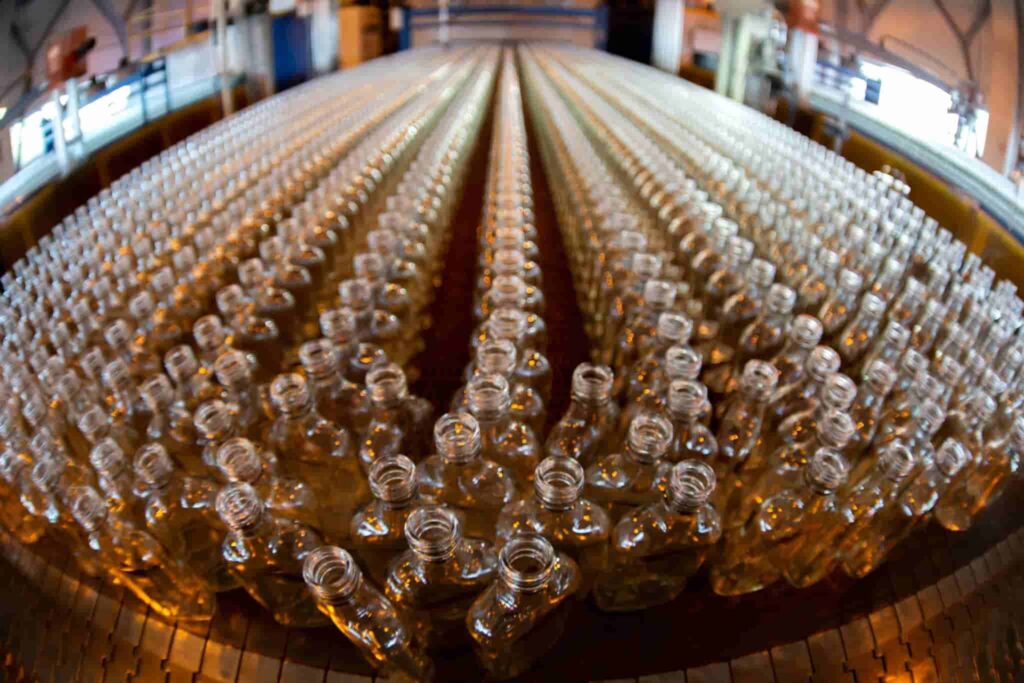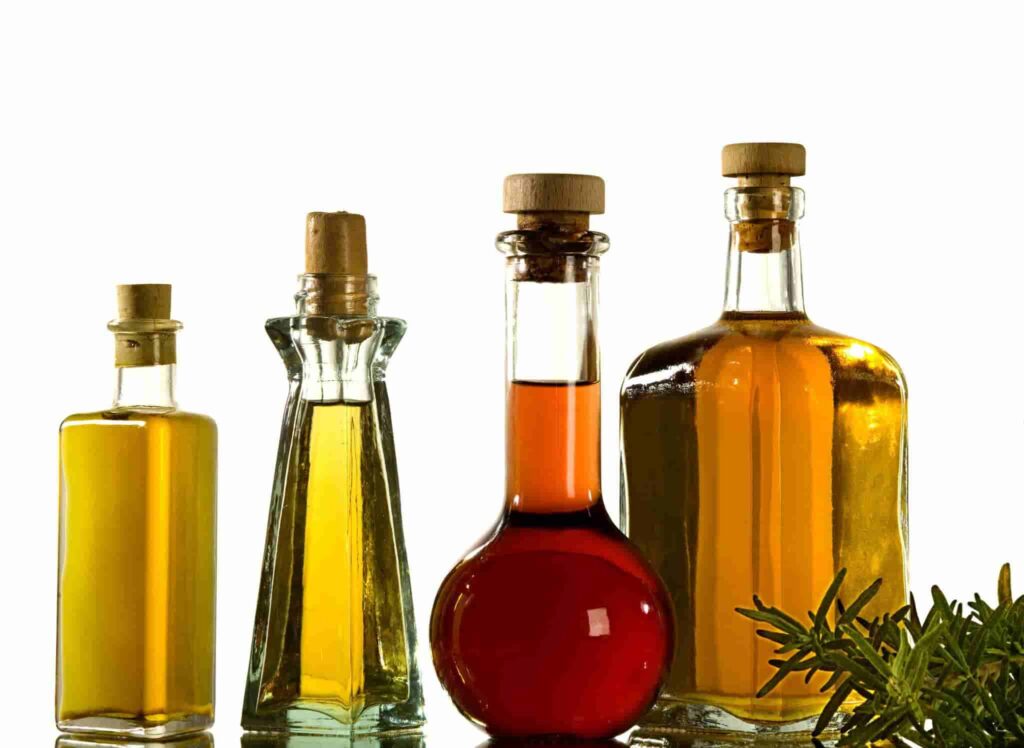Choosing the right packaging is crucial for the safety, appeal, and success of your product. This comprehensive guide caters to both brand owners and procurement officers, providing a thorough overview of the critical aspects of packaging selection. By exploring the essential factors influencing packaging decisions, this resource equips you with the knowledge to make well-informed choices that align with your product’s requirements and marketing strategy. Effective packaging not only protects your product. But also enhances its market presence. Which ensures that every aspect of your product’s delivery to consumers is meticulously planned and executed.
1. Understanding Transportation Requirements
Understanding the transportation requirements of your product is a critical component of packaging decisions. Assessing the handling, shipping, and distribution stages your product will endure is fundamental. It’s essential to evaluate whether your packaging can withstand stacking, loading, and unloading processes, as well as the potential rigors of long-haul transportation. Consider variables such as vibration, humidity, and temperature changes that could impact the integrity of the packaging and, consequently, the product. Selecting robust packaging that can handle these environmental stresses will minimize damage and reduce the risk of product returns. Each logistical stage needs tailored packaging solutions that ensure the product arrives in pristine condition.
2. Ensuring Product Shelf Life
Ensuring product shelf life through appropriate packaging involves a strategic selection of materials and designs. Opt for materials that actively combat the factors leading to spoilage. For instance, specialized coatings and additives can be applied to packaging surfaces to enhance their barrier properties against oxygen, moisture, and microbial growth. Additionally, incorporating desiccants or oxygen absorbers within the packaging can further extend the shelf life by maintaining an ideal internal atmosphere. The right packaging also means choosing designs that minimize the product’s exposure to detrimental external conditions while in transit or on store shelves. Such careful considerations help ensure that the product remains in optimal condition, reducing waste and enhancing consumer trust.
3. Considering Shape and Size
Considering the shape and size of your product’s packaging is essential for multiple reasons. It must fit the product snugly to ensure protection against damage during transit and handling. Efficiently designed packaging can also optimize space, allowing more units to be shipped and stored per container, which reduces transportation and storage costs. Furthermore, packaging dimensions should be tailored to maximize shelf presence and attract consumer attention. Eye-catching designs can make a product more noticeable, potentially increasing sales. In sum, the shape and size of the packaging should strike a balance between functional protection, logistical efficiency, and marketing appeal, creating a holistic solution that enhances the overall value of the product.

4. Checking Material Interactions
Checking material interactions in packaging is critical to prevent adverse chemical reactions that could compromise product safety. Especially for consumables and sensitive items. It’s essential to select materials that are chemically inert with the product. For example, certain plastics may release harmful substances when in contact with acidic foods. Similarly, metal containers can react with salty or acidic contents, leading to corrosion and contamination. Ensuring compatibility between the packaging materials and the product not only safeguards consumer health but also maintains the product’s quality throughout its shelf life. This involves rigorous testing and adherence to industry standards to avoid any negative interactions that could affect the product’s integrity and safety.
5. Accounting for Product Weight
Accounting for the weight of the product is essential when designing packaging. Heavier items require robust materials to ensure stability and prevent damage during transport. The choice of material, from corrugated cardboard for moderate weights to reinforced plastics or even wooden crates for heavier items, must align with the product’s weight. The packaging design should also include structural supports where necessary, such as partitions or cushioning, to distribute the weight evenly and avoid strain on the package during lifting and moving. This careful consideration helps maintain the integrity of the package and the safety of the product throughout its journey from manufacturer to consumer.
6. Enhancing Product Design and Marketing
Enhancing product design and marketing through packaging is a strategic approach to increase visibility and appeal to your target audience. The packaging design should reflect your brand’s ethos, using colors, shapes, and materials that resonate with your brand identity. It acts as a communication tool that conveys your brand message and values at the point of purchase. By effectively utilizing packaging, you can differentiate your product from competitors, attract the consumer’s attention, and ultimately influence purchasing decisions. Effective packaging design not only looks attractive but also communicates key product benefits clearly and concisely to enhance consumer understanding and appeal.

7. Managing Order Quantity
When managing order quantities, it’s essential to balance the benefits of bulk buying with the practical aspects of storage and distribution. Larger orders can significantly reduce the cost per unit through economies of scale, which is especially beneficial for companies looking to optimize their budget. However, it’s important to assess your storage capabilities and distribution network to ensure they can handle increased volumes without added costs or logistical challenges. Effective inventory management and forecasting can help optimize order sizes to match demand without overextending resources or storage space. This strategic approach ensures that businesses not only save on costs but also maintain efficient operations and product flow.
8. Promoting Sustainability
Promoting sustainability through packaging is increasingly important in today’s market, appealing to environmentally conscious consumers and meeting regulatory standards. Opting for eco-friendly packaging options, such as biodegradable materials or recyclable packaging, not only helps reduce environmental impact but also enhances your brand’s image. Consumers are more likely to support brands that demonstrate a commitment to sustainability. Additionally, sustainable packaging can often lead to cost savings in terms of waste management and material sourcing. By integrating sustainable practices into your packaging strategy, you can address environmental concerns while also catering to consumer preferences and regulatory demands.

9. Improving Customer Experience
Improving the customer experience with thoughtful packaging design is key to fostering brand loyalty and satisfaction. The unboxing experience, in particular, has become a crucial aspect of customer interaction. Packaging that is easy to open yet secure enough to protect the contents strikes the right balance, providing convenience while ensuring the product’s integrity. Thoughtful touches such as attractive designs, personalized messages, or easy-to-recycle materials can make unboxing memorable. Enhancing the unboxing experience not only delights customers but also encourages social sharing, which can boost brand visibility and appeal.
10. Ensuring Visibility and Transparency
Ensuring visibility and transparency in packaging design is crucial for building consumer trust and facilitating informed purchasing decisions. Incorporating transparent sections or using clear materials allows customers to view the product directly, which can be particularly effective for food items, cosmetics, and other personal products. Detailed labeling is equally important; it should provide comprehensive information about the product’s features, ingredients, and usage instructions. This level of transparency not only satisfies consumer curiosity but also helps them feel more secure about their purchase, directly impacting their satisfaction and loyalty to the brand.
11. Incorporating Security Features
Incorporating security features into packaging is essential for protecting the product’s integrity and enhancing consumer trust. Implementing tamper-evident seals is a straightforward way to assure customers that the product has remained untouched from the factory to the shelves. Anti-counterfeit measures, such as unique holograms or QR codes, can further safeguard your products against imitation and fraud. These security elements not only protect the brand’s reputation but also ensure that customers receive genuine, safe products, thus fostering trust and loyalty toward the brand.

In conclusion, choosing the right packaging for your product is a crucial decision that influences its protection, marketability, and customer satisfaction. Each aspect, from ensuring durability during transportation to enhancing visibility and adopting sustainable materials, plays a vital role in building trust and loyalty with your brand. Additionally, adding security features reassures customers about the authenticity and safety of your product. At Smilebottles, we specialize in customizing high-quality glass bottles and jars that perfectly meet your packaging needs, ensuring that your product stands out in the marketplace while preserving its integrity.










